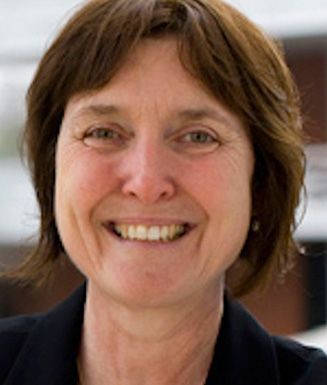|
 Lisa Reilly, now Professor of Medieval Art and Architecture at the University of Virginia, was awarded the 2014 Bonnie Wheeler Fellowship to assist her in the task of finishing her book entitled The Invention of Norman Culture. This work introduces a new interpretive paradigm for eleventh and twelfth-century Norman art and architecture. Traditionally, scholars have divided the discussion of the Norman art and architecture by its geography into Normandy, England, and Sicily. They have tended to study iconic works in piecemeal fashion, looking, for example, only at their antique, Islamic, or Scandinavian origins. Reilly’s inclusive approach examines such objects both individually and in the larger context of a connected Norman world, allowing us to assess richer meanings that are revealed by their cumulative effects on their different audiences. Lisa Reilly, now Professor of Medieval Art and Architecture at the University of Virginia, was awarded the 2014 Bonnie Wheeler Fellowship to assist her in the task of finishing her book entitled The Invention of Norman Culture. This work introduces a new interpretive paradigm for eleventh and twelfth-century Norman art and architecture. Traditionally, scholars have divided the discussion of the Norman art and architecture by its geography into Normandy, England, and Sicily. They have tended to study iconic works in piecemeal fashion, looking, for example, only at their antique, Islamic, or Scandinavian origins. Reilly’s inclusive approach examines such objects both individually and in the larger context of a connected Norman world, allowing us to assess richer meanings that are revealed by their cumulative effects on their different audiences.
Normandy, England, and Sicily each produced powerful visual cultures that drew on a variety of traditions. Durham Cathedral, for example, has a massive Norman elevation carried by monumental piers incised with native Anglo-Saxon patterns. The more intimate Cappella Palatina in Palermo uses antique columns to support walls decorated with Byzantine mosaics and a muqarnas ceiling. Reilly also looks at such treasures as the Bayeux Embroidery, the Cloak of Roger II, and Notre Dame (Jumièges) to show concretely how the Normans developed a broad range of visual signals that accompanied texts and rituals to legitimize their power in all three areas under their control. Because they obtained their new territories mainly through force, Normans were strongly motivated to establish themselves as rightful and divinely sanctioned rulers of very diverse peoples. Through such freshly conceptualized and directed analysis, this book offers an innovative approach that enhances the emerging field of intercultural medieval studies.
The Bonnie Wheeler Fellowships are designed to provide financial assistance to women medievalists who are completing a significant work of research that will fulfill a professional promotion requirement. Women are much more likely than men to “stand still” in the course of their academic career and to be “caught in the middle” of the promotion ladder. The Bonnie Wheeler Fellowships aim at placing many more women scholars at the top scholarly tier.
A special feature of the Bonnie Wheeler Fellowships is the designation of a mentor, who is responsible for reading the work-in-progress of the fellow and for offering feedback, constructive criticism, and encouragement. Distinguished architectural historian Professor Peter Fergusson (Wellesley College Feldberg Professor of Art) will serve as mentor to Professor Reilly; Professor Fergusson is the author of Architecture of Solitude: Cistercian Abbeys in Twelfth-Century England, Rievaulx Abbey: Community, Memory, Architecture, and Canterbury Cathedral Priory in the Age of Becket, in addition to many articles.
Update from Fellow: "Thanks to The Bonnie Wheeler Fellowship, I finished my long overdue book, The Invention of Norman Visual Culture: Art, Politics, and Dynastic Ambition (Cambridge,2020), which was published by Cambridge University press in 2020. As a result, I was also promoted to full professor in 2020. Many thanks to the fellowhsip-the support meant a lot to me-much beyond the financial means to take a summer off from teaching summer school and travel to Vienna to see the final pieces I need to view for completing the chapter on Sicily." -Lisa Reilly Professor Department of Architectural History Joint Graduate Program in Art & Architectural History University of Virginia
|